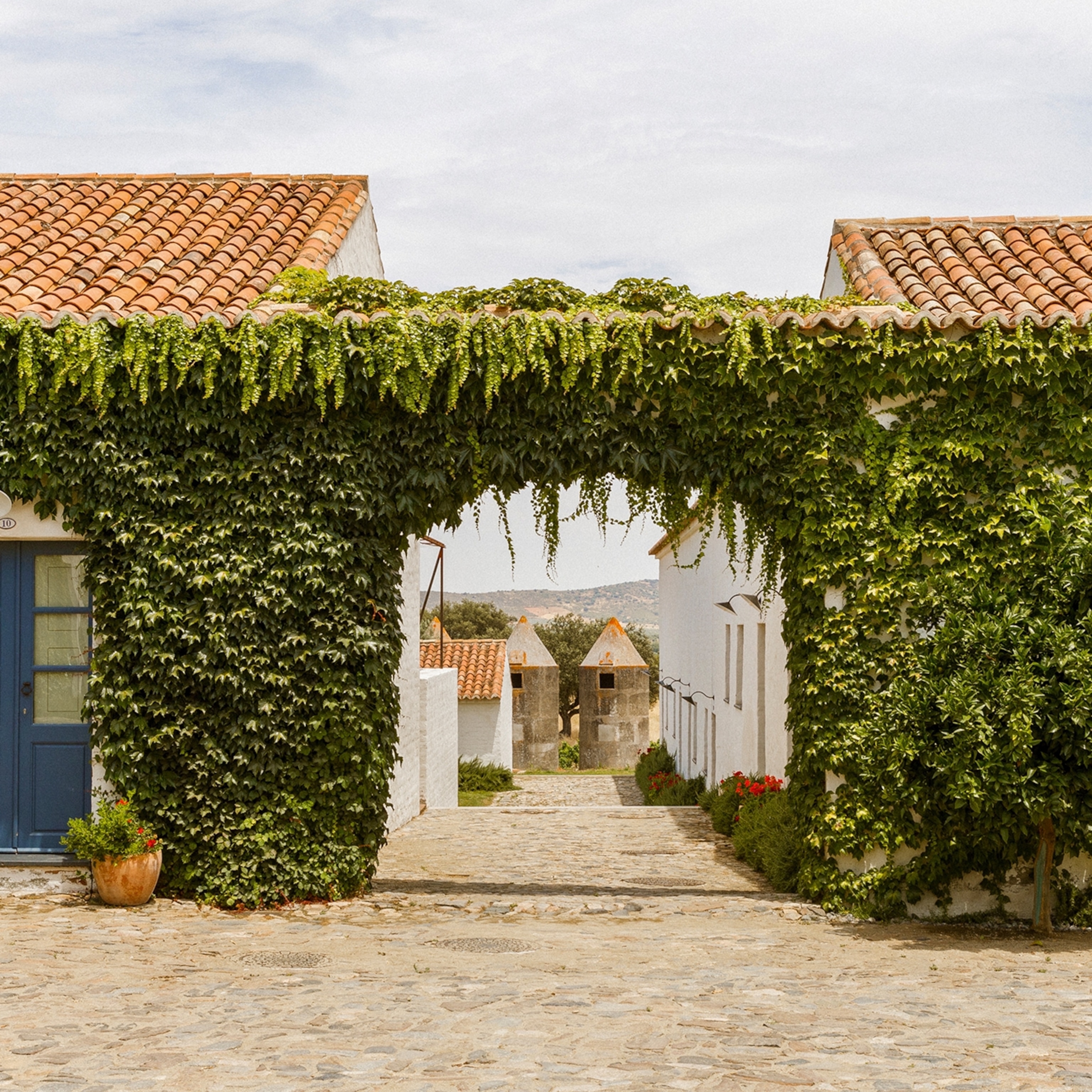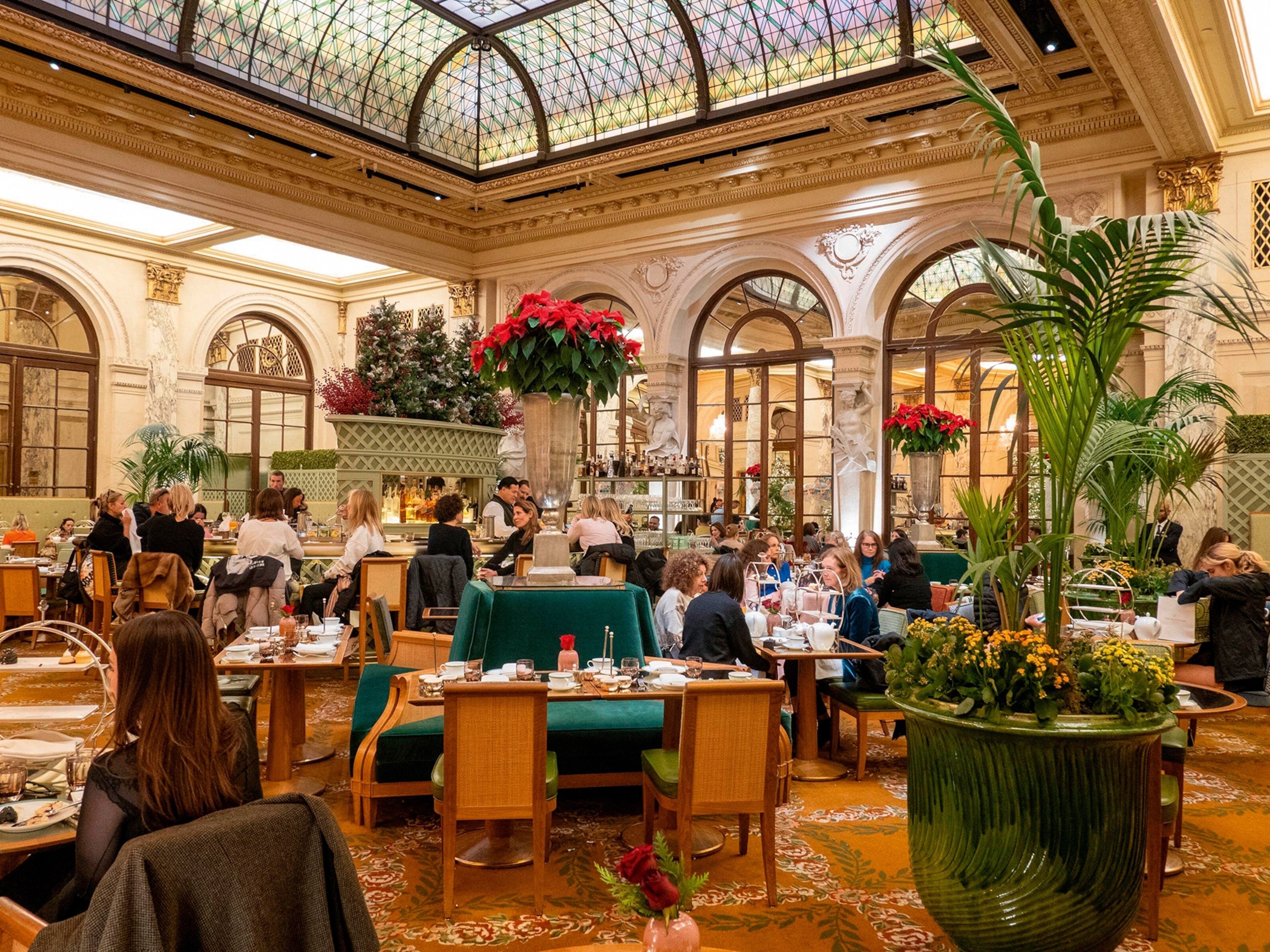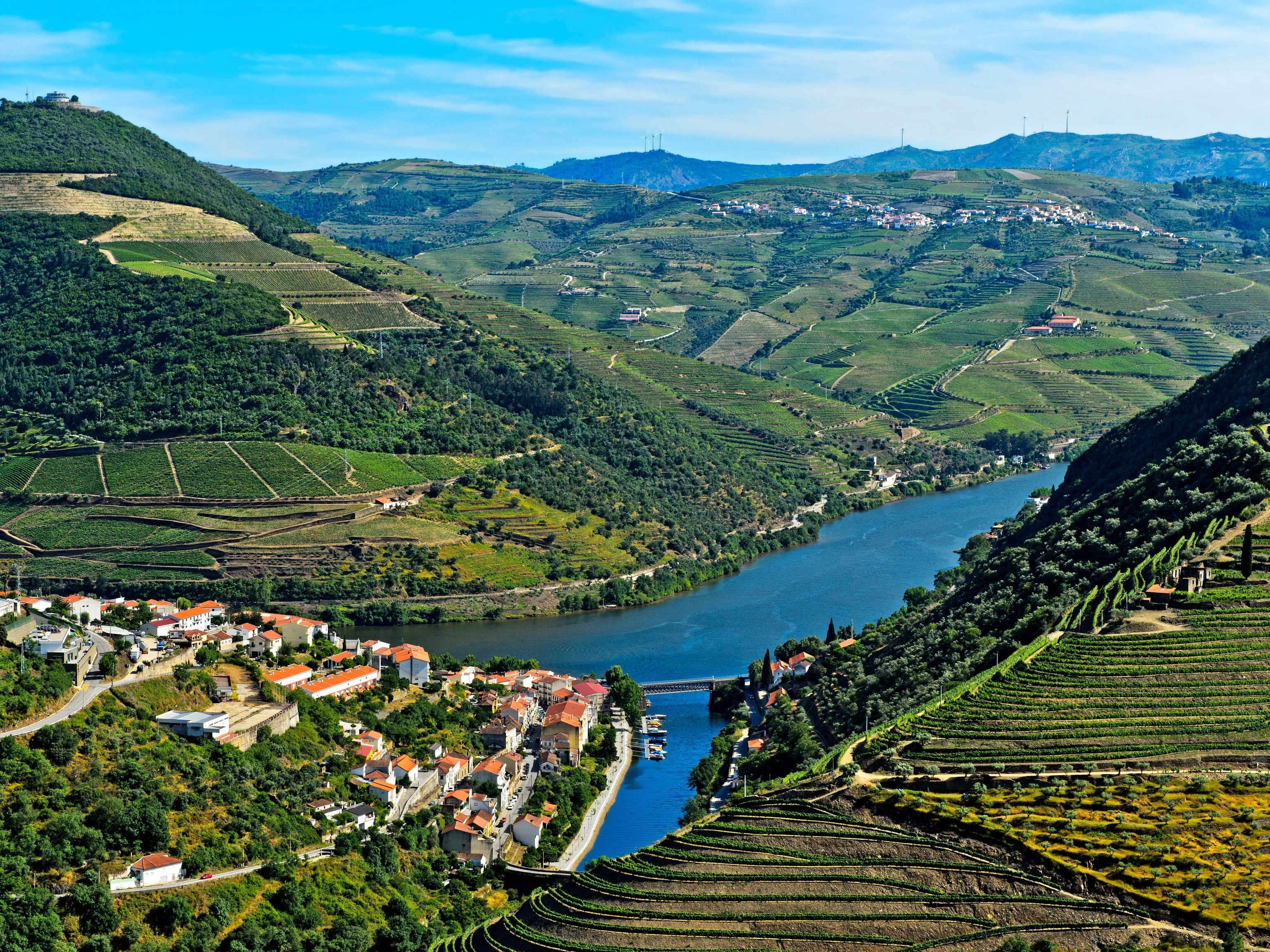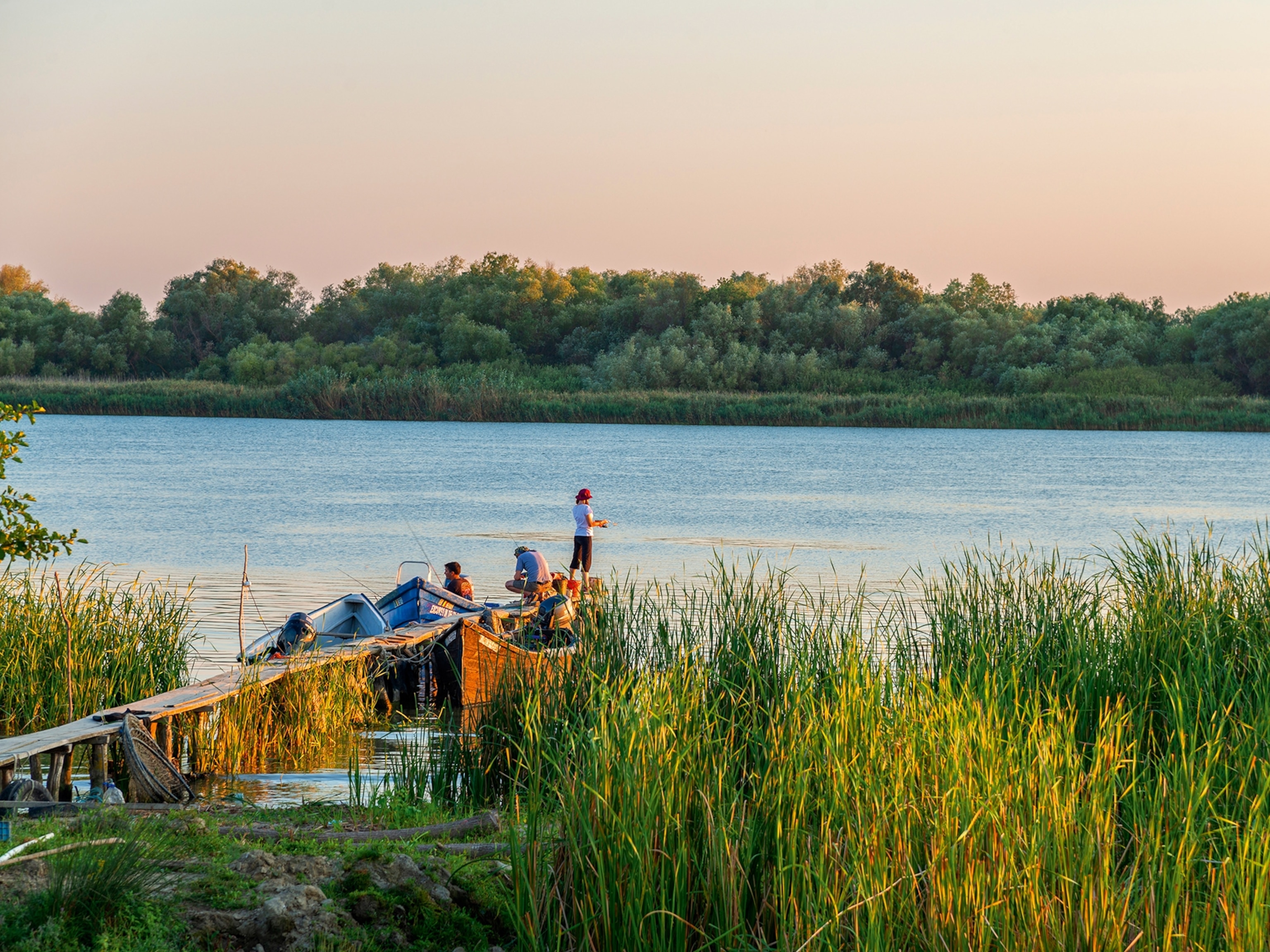What to do in Portugal's Douro Valley beyond tasting port wine
Northern Portugal’s Douro Valley is home to a wide range of cultural experiences — whether it’s hiking through pine forests, exploring historic towns or visiting the vineyards where port wine grapes grow.

One of the oldest — and arguably the most beautiful — wine regions in the world, the Douro Valley is a landscape of immaculate vineyards snaking sinuously around the contours of impossibly steep hills. It’s where sprawling quintas, grand wine estate mansions, slumber under vast skies. And where olive, citrus and almond groves slope down to the swirling waters of the Douro river, while whitewashed medieval villages cling to the hilltops.
Until the 1960s, when a series of deep locks tamed the Douro’s rapids and whirlpools, flat-bottomed rabelo boats plied the then-dangerous waters, transporting barrels of port from the quintas to the coastal city of Porto. Nowadays, more prosaically, the wine is transported by road. And while rabelos are still used for sightseeing, sleek river cruisers dominate the 124 navigable miles between the coast and Barco d’Alva, tucked up against the Spanish border.
Tasting port wine, of course, is one reason to visit. But other cultural draws include vineyard hikes, kayak trips, gourmet dining and fascinating history — from palaeolithic rock paintings to vineyards where grapes were planted by the Romans.
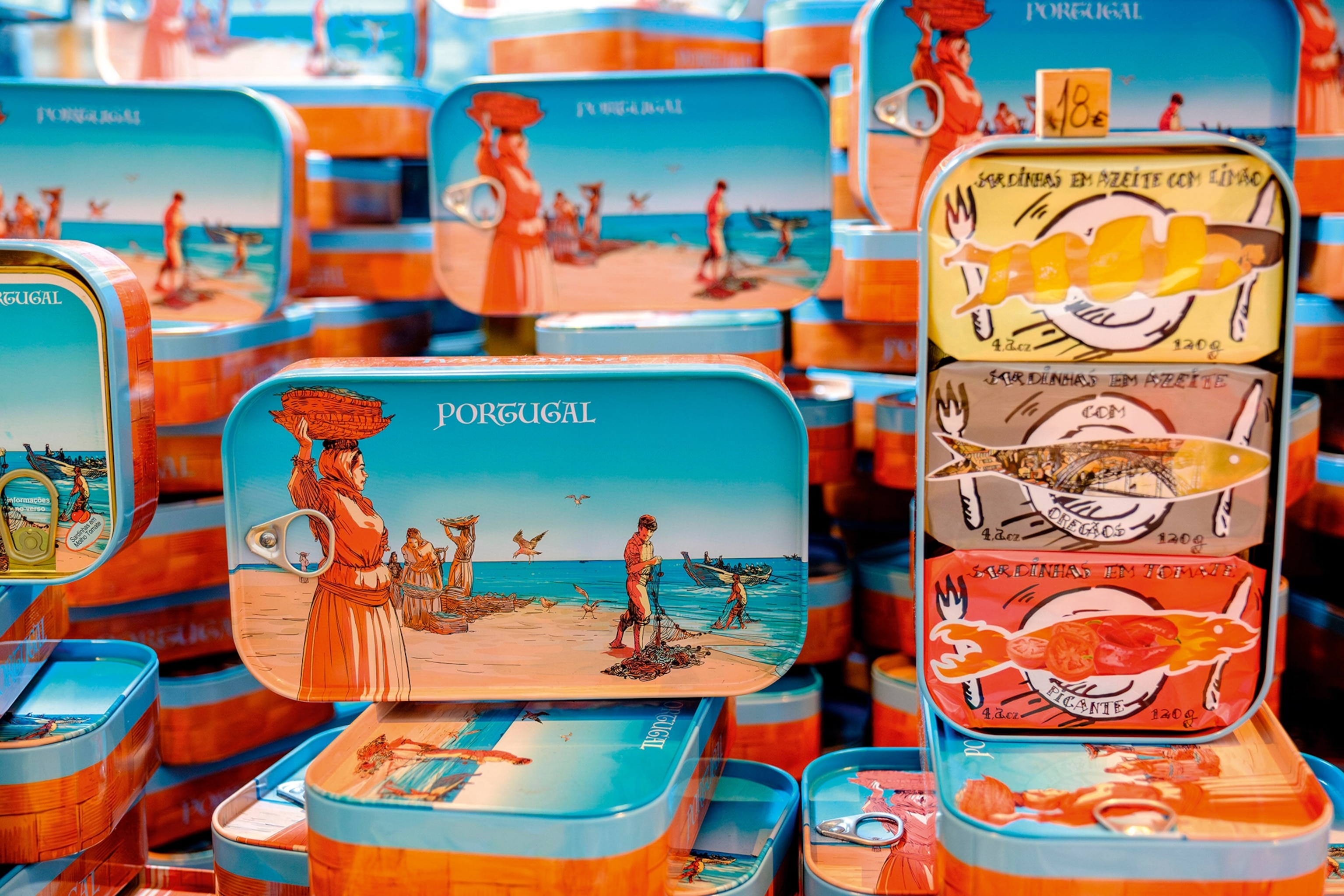
1. Taste local specialities
Porto has a distinctive cuisine that’s packed with flavour, from pastéis de bacalhau (bite-sized salt cod fritters) or stews that are punchy with spicy chouriço sausage. The rustic theme continues with slow-roasted kid, which is served falling off the bone. In the city’s Bolhão Market, there are stalls selling conservas, tinned sardines, preserved in a variety of different flavours that pair perfectly with a glass of vinho verde.
Further up in the Douro Valley, in Lamego, stop for a bola de Lamego, a flaky pastry slice or bun filled with ham and chouriço. The tiny village of Castelo Rodrigo is surrounded by olive and almond groves; this is the place to buy honey, almonds, extra virgin olive oil and salty sheep’s cheese. Look out for Terrincho, a deliciously creamy, semi-hard cheese made from the milk of the Churra da Terra Quente sheep in the Alto Douro region.
The area is famous for its sweet treats, too. Stock up on rebuçados da Régua, boiled sweets made from sugar, lemon, herbs and port wine, allegedly with medicinal properties. In Amarante, which is packed with patisseries, try papo de anjo, egg yolks boiled in flavoured sugar syrup, and bolos de São Gonçalo, snigger-inducing phallic cakes filled with cream. At this conservative little town’s annual festival, local lotharios present the cakes to the objects of their desire.
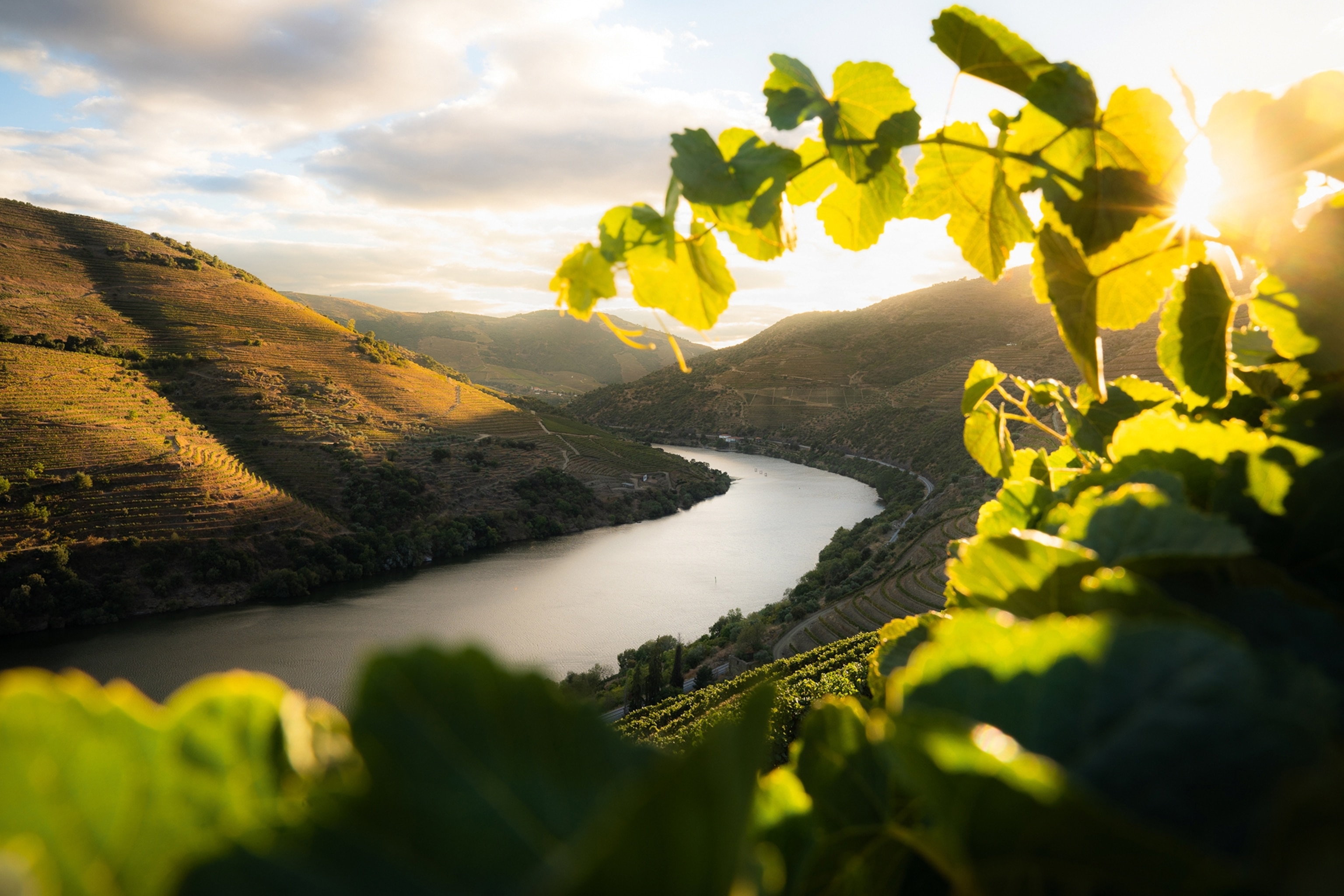
2. Hike the hills and vineyards
Hikers rejoice — the glorious scenery of the Douro, from the pristine vineyards to the wilder vistas of dense pine and oak forests and snaking rivers, is made for those who love long walks.
Most river cruise lines offer opportunities for shorter walks; for example, on AmaWaterways’ excursion to the 13th-century hilltop village of Castelo Rodrigo, guests can hike the last section of the climb, following a trail through pinewoods and almond groves.
French-owned CroisiEurope offers week-long walking-themed cruises, including more challenging, three- and four-hour hikes through the vineyards and forests of the Upper Douro, where you can watch griffon vultures wheeling on the thermals as you tuck into a picnic lunch.
For fresh air and a little exertion coupled with some extraordinary history, head to the magnificent Côa Valley Archaeological Park. In the 1990s, prehistoric art dating back to 22,000 BC was discovered, carved into the rugged rocks. The strikingly contemporary Côa Museum, which is packed with interactive displays and replica art, is an absolute must, but joining a guided outdoor tour to see the real thing is even better, bumping along dirt roads and then hiking winding rocky trails to remote locations.
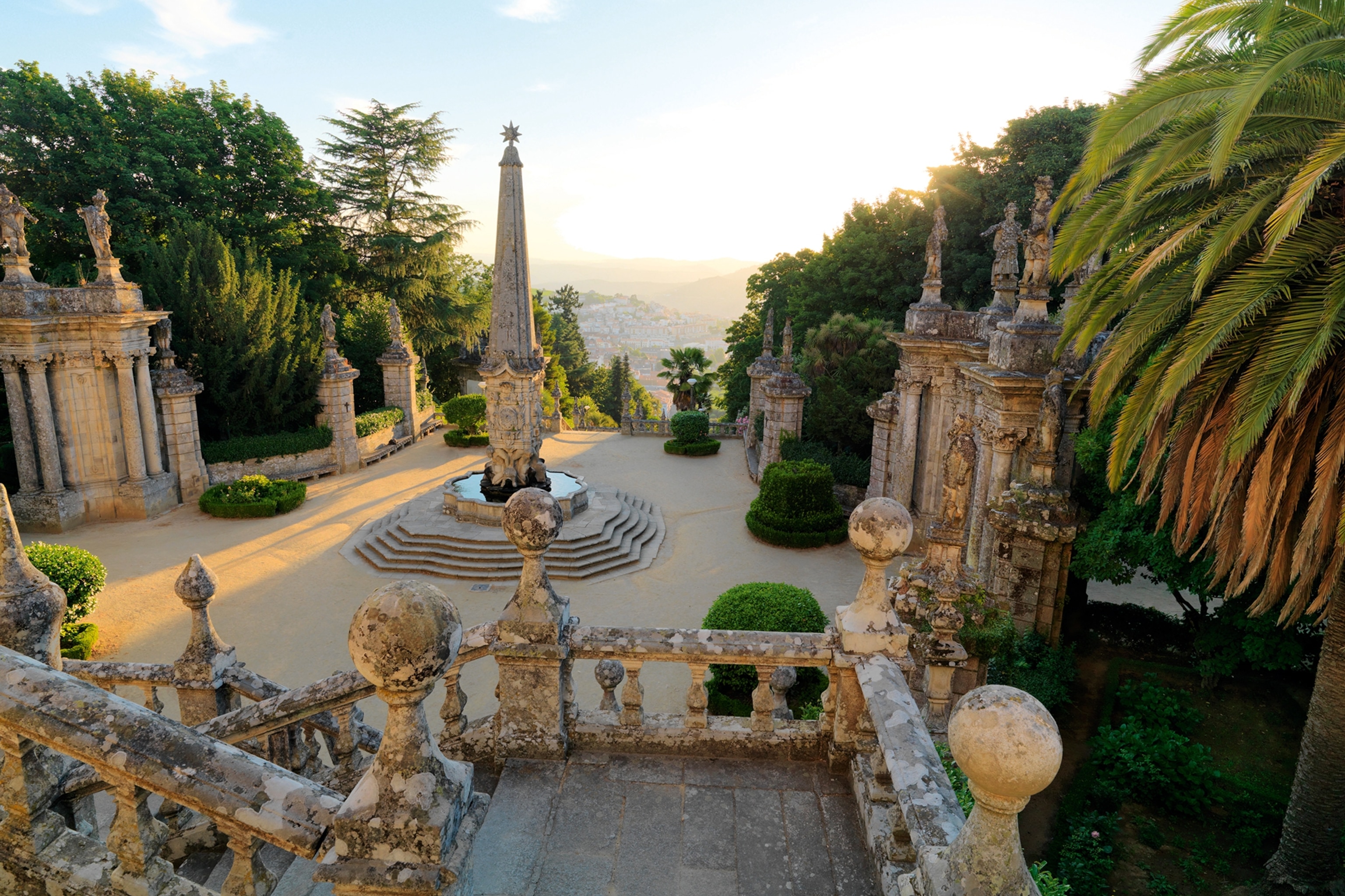
3. Explore historic towns
The Douro Valley is dotted with picture-perfect towns and villages. Lamego, in the Viseu District, is an important pilgrimage site, where 686 steps adorned with ornate azulejo tiles lead up to the 18th-century Santuário de Nossa Senhora dos Remédios. The truly devout ascend the staircase on their knees.
An hour northwest from here is Amarante, which clings to the banks of the Tâmega River, a subsidiary of the Douro, the two sides joined by the graceful Sâo Gonçalo Bridge. This is where the townspeople famously held off French invaders for two weeks in 1809.
All river cruises call at sleepy Pinhão, which stretches along the riverbank and is known for its exquisitely pretty railway station where 24 scenes of rural life are intricately depicted on azulejo tiles. Take a stroll through the vineyards, visit one of the quintas to taste port or simply watch life drift by from the leafy riverfront promenade. Pinhão is a great day trip from Porto, too. Depart from the city’s Sâo Bento railway station and rattle along one of the most scenic stretches of the river for two-and-a-half hours.

4. Go kayaking
The Douro and its tributaries lend themselves perfectly to gentle paddling. Sitting low on the water provides visitors with a completely different perspective on the scenery compared with the view from a larger river cruise boat. Think giant boulders strewn on stony beaches and ancient olive groves and wild almond trees growing right down to the banks.
Kayaking is available on the Pinhâo River, which joins the Douro at the eponymous town, or on the Tua, another skinny tributary. Kayak operators will often take visitors to the launch point on a traditional flat-bottomed rabelo, the boats originally used to carry barrels of port downstream to Porto, so they can get two experiences in one. Then, it’s a gentle drift with no sound but the rippling water and the gentle birdsong on the breeze. In the height of summer, there are chances to swim from stony beaches, a wonderfully refreshing experience in the stifling heat of the upper valley.

5. Learn about port wine
Grapes have been cultivated in the Douro Valley for around 2,000 years, and the region became a demarcated wine-growing district in 1756, making it the oldest in Europe. To learn about port and Portuguese winemaking in general, start at the Museu do Douro in Peso da Régua, where a map of the river shows the area’s many growers and vineyards. On display are old posters, leather-bound books, vintage machinery and an original rabelo boat. Take the sniffing test to identify the aromas of port before trying some for yourself.
There are quintas all along the river where you can see port production in action — Quinta do Bomfim (home of Graham’s), Dow’s and Cockburn’s, which overlooks the river. Book a tasting or dine at Bomfim 1896, where chef Pedro Lemos cooks Atlantic prawns and cod, wild boar and slow-roasted goat.
All of the port lodges are in Vila Nova de Gaia, a city that looks across the Douro at Porto. Each offers tours and tastings, but don’t leave the area without visiting Taylor’s Barão Fladgate Restaurant — order an iced port and tonic and enjoy the views of Porto. There are plenty of opportunities to get hands-on, too; during harvest season, in September, Viking Cruises offers an excursion to Quinta da Avessada, in the hills north of Pinhão. Guests can pick their own grapes, then stomp them by foot in a lagar — the stone trough where the crushing traditionally takes place.
To subscribe to National Geographic Traveller (UK) magazine click here. (Available in select countries only).

